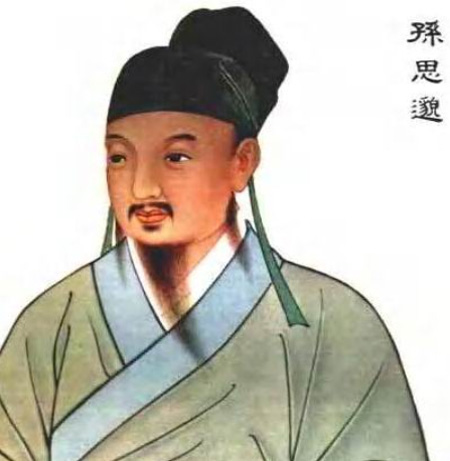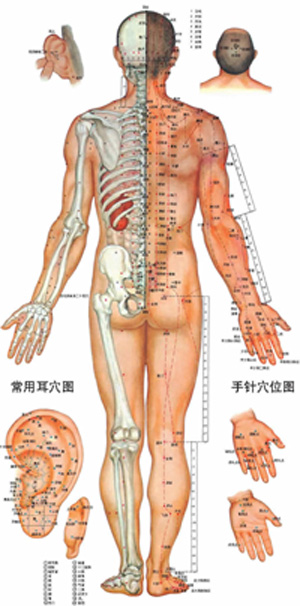Bian Que
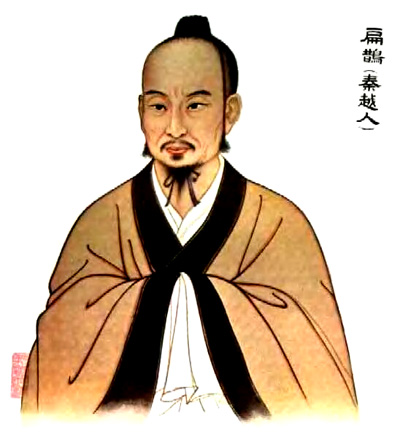
Bian Que, a famous doctor/physician at the time of the Spring and Autumn Warring States Period, was the first man in the world to use the pulse for diagnosis. He was reputed to be an excellent diagnostician, excelled in using acupuncture and moxibustion, boiled herbal prescriptions, and massage in internal medicine, external medicine, gynecology, and pediatrics for the treatment of all kinds of illnesses. Bian Que's own book Nan Jing or The Classic of Difficult Issues develops and explains the fundamental and difficult parts of the Huang-Di Nei Jing.

Zhang Zhongjing
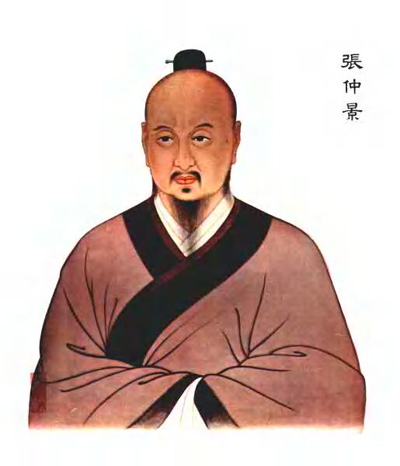
During the Qin Dynasty also known as the period of book burning period there was little progress in the field of medicine. The Han Dynasty, which lasted almost four and a half centuries, was a period of a thriving Chinese culture. Han dynasty was also the era of Confucius and the era that laid the foundations for Taoism. Zhang Zhongjing(150-219 A.D.), the most famous China's ancient herbal doctors lived during the Eastern Han dynasty was known for his remarkable medical skill. He wrote a book a medical masterpiece entitled Shang Han Lun or "Treatise on Febrile Diseases ". To date Zhang Zhongjing's theory and prescriptions are still of great practical value. It is still used as a standard reference work for traditional Chinese medicine, including moxibustion, needling and herbal medicine.
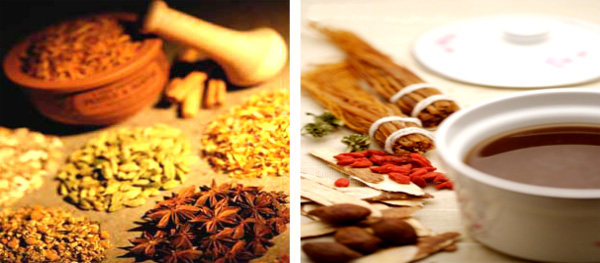
Hua Tuo
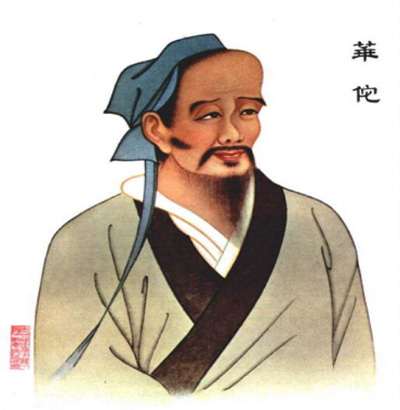
One of the most famous physicians/surgeon of traditional Chinese medicine was Hua To (110-207 A.D) lived during the Eastern Han period. Hua To was the first of the Taoist physicians, the most famous doctor in ancient China who developed the use of anesthetics called Mafei San, and furthered the limited Chinese knowledge of anatomy. He was the first person who used narcotic drug in the world and his skill in this field was ahead of the west about 1600-1700 years. He also developed the called "Five Animal Play", exercises that mimics the movements and postures of five animals: tiger, deer, bear, ape, and bird. According to Hu Tao the motion is fundamentally important to health, and by mimicking the movements of different animals; all parts of the body were exercised and stretched, thereby activating the flow of fluid and energy in the body. There are many stories and legends regarding the life and healing skills of Hu Tao. Due to his fame as a successful healer has led to his name becoming a brand name for Chinese medical products, such as Hua To Acupuncture Needles.
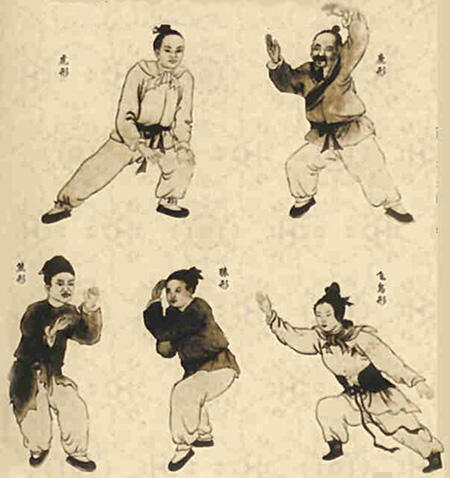
Sun Simiao
